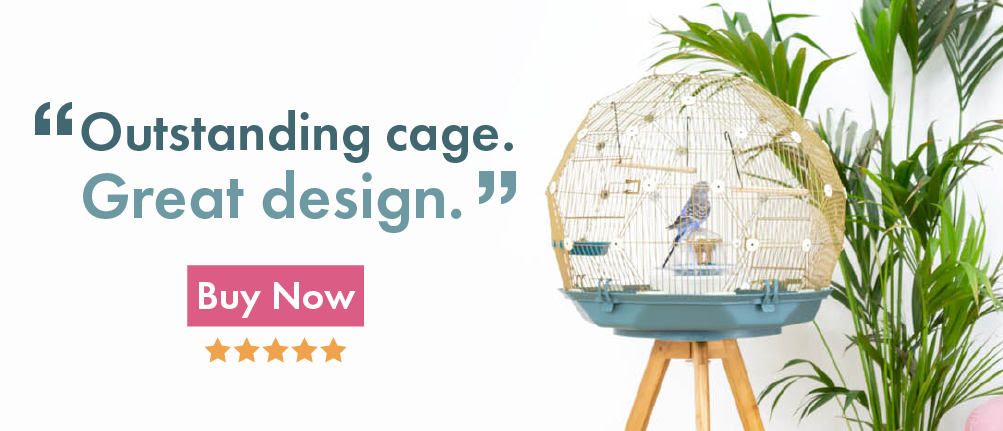Avoid making perches from wood that might be toxic. How can you tell? Well, it's easier said than done, but the following list includes wood that’s definitely safe for parakeet perches:
- Almond
- Apple
- Ash
- Bamboo
- Beech
- Birch
- Cottonwood
- Crab apple
- Date
- Douglas fir
- Dracaena
- Elm
- Eucalyptus
- Fig
- Ginkgo
- Grape vines
- Hawthorn
- Hibiscus
- Hickory
- Larch
- Lemon
- Lilac
- Lime
- Maple
- Mountain ash (rowan)
- Mulberry
- Orange
- Palm
- Poplar
- Rose
- Rubber plant
- Spruce
- Sycamore
- Tree fern
- Willow
- Yucca
- Alder
- Apricot
- Azalea
- Box elder
- Boxwood
- Buckthorn
- Burdock
- Cedar
- Elder
- Heather
- Holly
- Horse chestnut
- Huckleberry
- Hydrangea
- Jasmine
- Juniper
- Laburnum
- Laurel
- Mango
- Myrtle
- Nectarine
- Nutmeg
- Oak
- Mistletoe
- Oleander
- Peach
- Plum
- Privet
- Rhododendron
- Sage
- Tobacco
- Walnut
- Witch hazel
- Wisteria
- Yew

Make sure your parakeet perches are made from non-toxic wood
Lots of other woods are probably perfectly safe to use, but why risk it? The list above includes species that most parakeet owners will be able to source easily.
Most shop-bought perches are made from untreated pine, of the kind used in dowels, and this is fine. But avoid fresh pine, which has a sticky resin. Balsa wood is safe, but won’t last very long as a perch: an industrious parakeet will chew through in a few days!
Unsafe Wood for Parakeets
The following species have been implicated in parakeet health problems, so don’t use any of these as perches:
Avoid any treated woods unless obtained from a reputable pet dealer. Driftwood found on a beach will always be tempting as a cage ornament, but because you can’t always tell which species the wood came from, nor the toxic things it might have been in contact with, it’s best to avoid introducing it to cages.




Comments
Gillian, 10 August 2022
What is the source for this information? Is it written by an avian vet?
Patty, 7 May 2022
Is the bark of a Brazilian red pepper tree safe to use in an outdoor aviary as a perch for sun conures and red breasted Moustache parakeets?
Kate, 15 October 2021
I would like to know if bay tree branches and Rosemary branches are safe? I can’t find any reference to either.
Yuchen, 30 June 2021
Is Broad-leafed Mahogany and Senegal Mahogany good for budgies?
Royan, 2 May 2021
Is betulaceae good for birds?